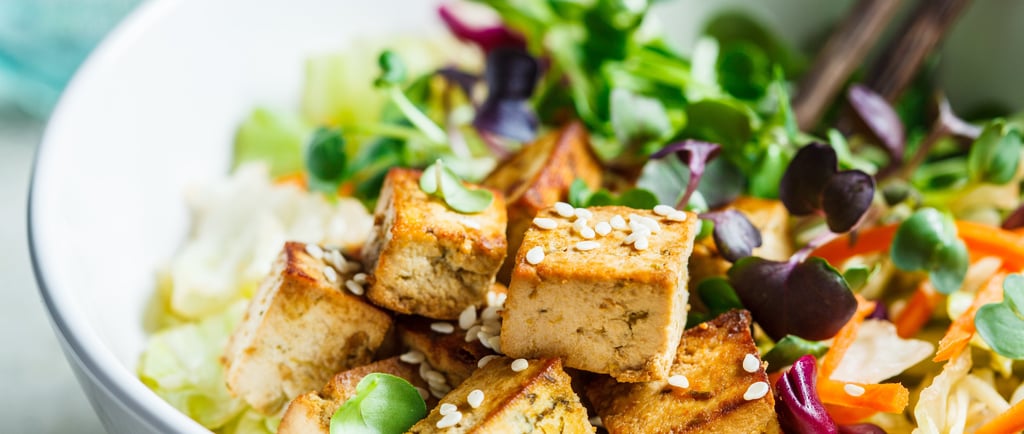The Surprising Superfood You Need on Your Plate
1/31/20252 min read


Tofu has often been caught in political crossfire. Certain politicians have ridiculed it as a symbol of left-leaning culture: Britain’s former home secretary Suella Braverman has associated “tofu-eating” with disruptive protesters, while American Senator Ted Cruz mocks those who prefer tofu as if it were inherently Californian. This attitude is not only misguided, but it also deprives many of a nourishing and versatile protein.
Tofu, made from soybeans, is high in calcium, protein, and minerals. It has been a key part of Asian diets for centuries, though it only gained wider attention in the West in the 1960s through countercultural interest in Eastern foods. Interestingly, in some Asian languages, the terms for “tofu” and “cheese” are closely related—both are produced by heating a type of milk (dairy or soy), adding a coagulant, then pressing the resulting curds into shape. As with cheeses, tofu varies greatly: there’s delicate silken tofu—often eaten as a dessert drizzled with syrup—alongside firmer kinds commonly packaged in water.
Those who dislike tofu often fault it for being bland and “virtuous,” suggesting that people only consume it out of obligation or to replace meat on ethical grounds. Yet in his book, “Tofu: A Culinary History,” journalist Russell Thomas contends that tofu’s biggest selling point is its incredible adaptability. It needn’t be pigeonholed as a direct substitute for steak or other meats; that comparison sets up an unfair expectation.
Nevertheless, tofu does make a satisfying option when trying to cut back on meat. If you crumble extra-firm tofu in a skillet, cook it until it’s nicely browned, and season it thoroughly, it can replicate the spicy, crumbly texture of chorizo for tacos. Tossing cubes of tofu in cornstarch, frying them to a crisp, and tossing them in a savory sauce is another popular method. If you freeze tofu and then let it thaw, its texture becomes delightfully spongy, soaking up stews and braises like a sponge.
Yet in many Asian cuisines, tofu is not strictly a meat stand-in. It often appears alongside meat in the same dish. Consider mapo tofu, a Sichuan specialty: tender tofu cubes share space with ground beef or pork in a spicy, numbing sauce, each ingredient highlighting the other’s texture. Soft tofu slices also make a great platform for steamed fish, allowing bright flavors of chili, garlic, and other seasonings to seep into every bite.
For a quick lunch, pair smoked or pressed tofu—which has a dense, “meaty” bite—with thin strips of pork and vegetables in a stir-fry. Even tofu sticks, which look rather industrial when packaged and dried, become comforting and hearty once combined with pork belly in a fragrant, spiced broth. The flavors meld beautifully, transforming the dish into a winter warmer that can win over staunch tofu skeptics. Ultimately, tofu’s political stereotype doesn’t reflect its culinary potential—food is best judged on taste, not on any perceived ideology.
2041 East St PMB 1198 Concord, CA 94520
Email: info@oparinhealth.com
WhatsApp: https://wa.me/15109071378
Instagram: https://ig.me/m/oparinhealth
Telegram: https://t.me/oparinhealth

